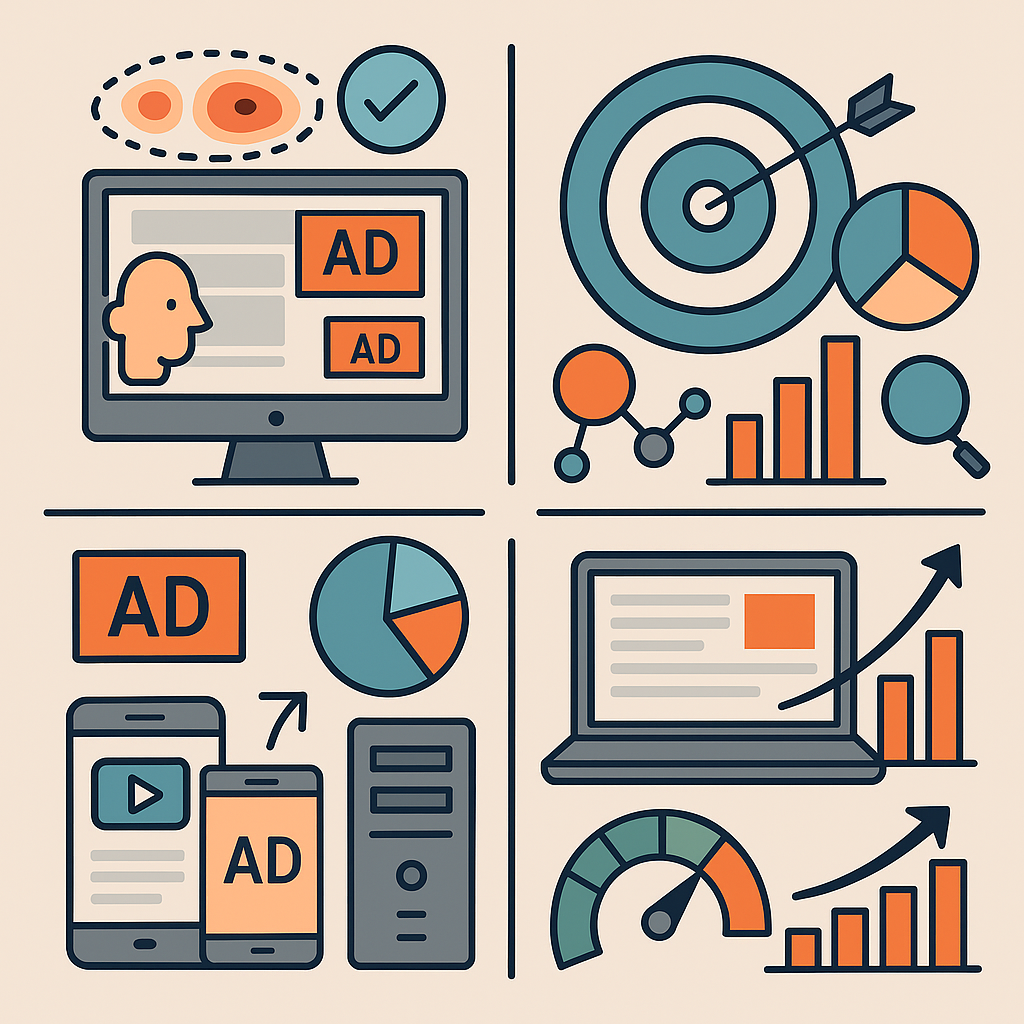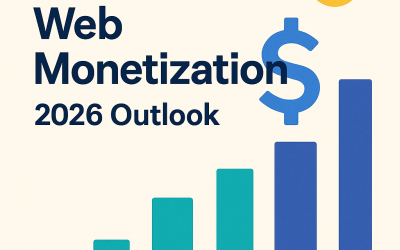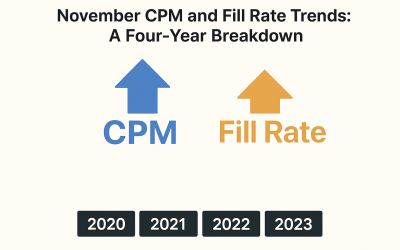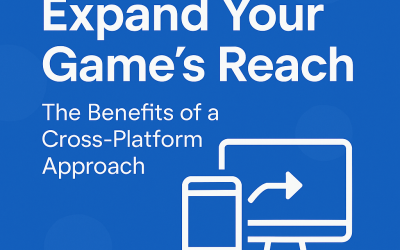How Do I Optimize My Ad Revenue? A Guide to Smart Monetization
In today’s competitive digital landscape, optimizing ad revenue goes far beyond placing more ads. The modern approach demands a sophisticated understanding of placement psychology, audience behavior, and user satisfaction. Whether you’re managing a gaming platform, developing mobile apps, or operating a content website, success requires balance. You need strategic ad deployment combined with data-driven insights.
Users have become increasingly savvy about advertising. They’ve developed mental filters that tune out intrusive or irrelevant ads. However, they’re more receptive to well-placed, contextually appropriate advertising that adds value. This shift means publishers must adopt a more nuanced approach. One that respects users’ time while maximizing the value of every impression.
In this comprehensive guide, we’ll explore proven monetization strategies. These will help you increase your CPM, eCPM, and ARPDAU metrics. Most importantly, you’ll maintain and enhance user experience quality. These strategies aren’t theoretical concepts. They’re battle-tested approaches used by successful publishers across industries to transform ad revenue performance.
Contents
- 1 1. Strategic Ad Placement and User Experience Excellence
- 2 2. Harnessing Data and Advanced Targeting Capabilities
- 3 3. Strategic Ad Formats and Network Partnerships
- 4 4. Content Excellence and Technical Performance Optimization
- 5 5. Building a Data-Driven Monetization Culture
- 6 AppLixir: Building Sustainable, Ethical Ad Revenue Growth
1. Strategic Ad Placement and User Experience Excellence
Place Ads with Surgical Precision
Strategic placement forms the foundation of successful ad revenue optimization. Your ads must occupy the sweet spot between visibility and intrusiveness. This balance requires both art and science. The most effective placements are in high-traffic, naturally eye-catching zones. Consider areas adjacent to engaging content or near primary navigation elements. Position them along the natural reading flow of your page.
For gaming platforms and mobile apps, timing is everything. The most successful implementations place ads during natural breaks in the user experience. This means between game levels, after completing challenges, or during logical pause points. These moments create natural opportunities for ad engagement. They don’t disrupt the core experience that keeps users coming back.
However, overcrowding your layout is one of the most common mistakes. This approach inevitably backfires, leading to “ad blindness.” Users develop the ability to unconsciously filter out banner advertisements entirely. Even worse, excessive ad density dramatically increases bounce rates. Frustrated users abandon your platform in search of cleaner experiences elsewhere.
Prioritize Viewability Above All Else
Viewability has emerged as the cornerstone metric of ad monetization success. An ad impression that never appears in a user’s viewport generates zero value. It doesn’t matter if it technically loaded on the page. Industry research consistently shows that viewable impressions command significantly higher CPMs. Advertisers recognize their superior value and pay accordingly. To maximize viewability, position ad units where they’ll actually appear on-screen. They should remain visible for a meaningful duration. This typically means at least one second for display ads and two seconds for video.
Avoid placements that immediately scroll off-screen. Don’t position ads in sections users rarely visit. Leading platforms like Google Ad Manager provide sophisticated optimization tools. AppLixir’s rewarded video offerings do the same. These help you improve viewability metrics systematically. By focusing relentlessly on viewability, you’ll see corresponding improvements in eCPMs and fill rates. This creates a virtuous cycle that directly translates to increased revenue.
Respect and Enhance the User Experience
Here’s a fundamental truth about ad monetization: exceptional user experience isn’t the enemy of revenue. It’s the foundation upon which sustainable revenue growth is built. When users enjoy their time on your platform, they engage more deeply. They visit more frequently and stay longer during each session. These behaviors naturally create more opportunities for ad impressions and conversions.
Maintain a clean, intuitive design where ads feel natural. Ensure ad content remains relevant to your audience’s interests. Keep loading times lightning-fast. Remember that over 70% of ad interactions now occur on mobile devices. This makes mobile responsiveness absolutely critical to your monetization success. Your mobile ad implementations must fit seamlessly within smaller screens. They should never block critical navigation or interrupt core functionality. Poor mobile ad experiences drive users away permanently.
Perhaps most importantly, structure your monetization so users feel rewarded rather than punished. The growing popularity of rewarded video ads exemplifies this principle perfectly. By allowing users to voluntarily watch brief videos, you create value exchange. Users earn in-game currency, premium features, or exclusive content access. This approach drives higher user satisfaction and dramatically improved completion rates.
2. Harnessing Data and Advanced Targeting Capabilities
Leverage First-Party Data as Your Competitive Advantage
The digital advertising landscape has undergone a seismic shift in recent years. Third-party cookies have become increasingly unreliable due to privacy regulations. Browser-level restrictions from Safari and Chrome compound this challenge. As a result, first-party data has emerged as your most valuable asset. Your proprietary user data represents a goldmine that competitors can’t access. Regulations can’t restrict it either.
Develop robust systems to collect, organize, and analyze first-party data from your users. Create sophisticated audience segments based on demographics, behavioral patterns, and engagement metrics. Include session duration, feature usage, and conversion history.
This granular segmentation allows you to serve highly relevant, personalized ads. These resonate with specific user groups and dramatically improve click-through rates. For example, your analytics might reveal patterns in player behavior. Players who frequently complete challenging levels may show higher engagement with achievement-focused content. You can then serve premium rewarded ads tailored specifically to these achievement-oriented users. This level of precision targeting consistently outperforms broad, undifferentiated approaches.
Refine and Expand Your Audience Targeting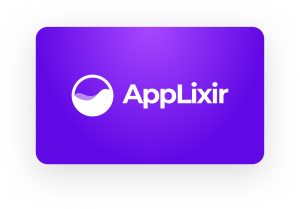
In advertising, relevance directly drives revenue. Ads that align with user interests generate exponentially better performance than generic placements. Implement lookalike audience strategies to reach new users. These share characteristics with your highest-value existing customers. The algorithm identifies patterns in your best users’ attributes and finds similar prospects.
Equally powerful is retargeting, which re-engages users who have previously visited your platform. These warm audiences already have familiarity with your brand. They’ve demonstrated interest through past interaction. This makes them significantly more likely to respond positively to your ads. The result is consistently higher engagement rates compared to cold audience targeting. Advanced targeting also enables intelligent frequency capping. This ensures users see ads enough times to drive recall without crossing into annoyance. Dynamic creative optimization can automatically test different variations with different segments.
Analyze, Test, and Iterate Continuously
Successful ad revenue optimization is never a “set it and forget it” endeavor. It’s an ongoing process of measurement, experimentation, and refinement. Establish a regular cadence for analyzing your key performance metrics. Include fill rate, click-through rate, CPM, eCPM, viewability scores, and user engagement indicators. Implement rigorous A/B testing protocols to experiment systematically. Test different variables that impact ad performance. Compare ad placements, weighing top-of-page versus mid-content positions.
Experiment with different ad formats. Try native ads against video formats. Test various creative approaches, comparing static imagery against interactive or animated elements. Document your findings meticulously and apply those learnings to ongoing optimization efforts. Even seemingly minor improvements compound over time. A 5% increase in viewability or 10% boost in click-through rate generates substantial revenue increases. The publishers who consistently outperform their competitors treat optimization as a continuous discipline.
3. Strategic Ad Formats and Network Partnerships
Diversify Your Ad Format Portfolio
Over-reliance on a single ad type is one of the most dangerous monetization mistakes. Market conditions fluctuate constantly. Advertiser demand shifts across formats, and user preferences evolve over time. By adopting a diversified mix, you create a robust revenue stream. This includes display ads, native ads, rewarded video ads, and interactive formats. Your revenue can weather changes in any single format’s performance.
Display ads provide consistent, reliable impressions. They form the foundation of most monetization strategies. They’re straightforward to implement and compatible with virtually all platforms. Native ads take a different approach. They blend seamlessly with your content to maintain user experience quality while generating engagement. Because they don’t disrupt natural content consumption, they often achieve higher engagement rates.
Rewarded video ads have emerged as the premium format. This is particularly true within gaming applications and mobile apps. They consistently generate the highest engagement rates and command the strongest CPMs. Why? They offer genuine value exchange. Users voluntarily engage with the content in exchange for meaningful rewards. This willing participation translates directly to higher completion rates and advertiser ROI. Interactive ad formats provide another high-value option. This includes playable ads and rich media units. These work particularly well for brands seeking deep engagement. While they may fill less frequently, they typically command exceptional CPMs. A well-structured, diversified ad stack protects your revenue. When one format underperforms due to seasonal fluctuations, other formats can compensate.
Embrace Programmatic Advertising Technology
Programmatic advertising has revolutionized the ad buying process. It automates transactions through real-time bidding systems. Instead of negotiating directly with individual advertisers, programmatic technology creates competition. Multiple demand-side platforms compete simultaneously for your ad inventory. This competition among buyers naturally drives up prices, maximizing your eCPM for each impression.
The programmatic ecosystem connects you to a vast network of global advertisers. These might never have discovered your inventory through traditional direct sales channels. This expanded demand pool significantly improves your fill rates. That’s the percentage of ad requests that result in paid impressions. It ensures each impression sells at the highest price the market will bear. Leading programmatic monetization tools provide the infrastructure to connect seamlessly. AppLixir and Google Ad Manager connect you with premium ad exchanges and demand sources. They handle complex technical integration and optimize auction dynamics. They also provide transparent reporting. You can understand exactly how your inventory performs across different buyers and formats.
Partner Strategically with Premium Ad Networks
The ad network landscape includes thousands of potential partners. However, they certainly aren’t created equal. The networks you choose directly impact the quality of ads served to your users. They affect targeting relevance and the CPMs you ultimately earn. Low-quality networks often flood platforms with irrelevant or poorly designed advertisements. Some even serve spam-like content that erodes user trust. This can negatively impact your SEO rankings as search engines penalize sites with poor ad quality.
Focus your partnerships on established, trusted networks with strong reputations. AppLixir specializes in rewarded video ads and has built a reputation for high-quality implementations. Google AdMob remains the gold standard for mobile app monetization. Unity Ads provides seamless integration for Unity-based games. Their formats are specifically designed for gaming contexts.
For programmatic display inventory, premium exchanges like Index Exchange and OpenX offer quality connections. They connect you to demand while maintaining high standards for ad quality. These partnerships can significantly elevate your rewarded video ad revenue. They improve overall monetization performance compared to working with lower-tier networks.
4. Content Excellence and Technical Performance Optimization
Invest in Content Quality That Commands Attention
Superior content serves as the foundation for sustainable ad revenue growth. When your content genuinely engages users, visitors naturally spend more time on your platform. These extended sessions create more opportunities for ad impressions. You don’t need aggressive monetization tactics that might alienate your audience.
For content websites, focus on producing SEO-optimized articles that rank well. Incorporate engaging visual elements that enhance comprehension and retention. Create informative video content that keeps users on your site longer. For gaming platforms and applications, ensure smooth, responsive gameplay mechanics. Carefully balance difficulty curves to maintain engagement without causing frustration. Provide regular content updates that give users reasons to return frequently.
The perceived value of your content directly influences users’ willingness to interact with ads. When users find genuine value, they view ads as a fair exchange. They see it as reasonable payment for access rather than an unwelcome intrusion. This psychological shift dramatically improves ad performance metrics. It works across every format and placement.
Optimize Technical Performance Relentlessly
In today’s impatient digital environment, site performance has become critical. It affects both user retention and ad revenue optimization. Pages that load slowly frustrate users and directly impact your bottom line. Research consistently shows that bounce rates increase dramatically with each additional second. Utilize comprehensive performance analysis tools to identify technical bottlenecks. Google PageSpeed Insights, GTmetrix, and WebPageTest provide specific, actionable recommendations.
Common optimization tactics include compressing images without sacrificing visual quality. Implement browser caching to reduce repeat load times. Minimize JavaScript execution and leverage content delivery networks. For ad-specific optimization, implement lazy loading. This ensures ads only load as they’re about to enter the viewport. They don’t all load at once on page load. The impact of performance optimization on revenue can be dramatic. Industry data suggests every additional second of page load time decreases conversion rates by up to 20%. Conversely, faster sites retain users longer and reduce bounce rates. They serve more viewable ad impressions and create better experiences. All of this directly translates to higher ad revenue.
5. Building a Data-Driven Monetization Culture
Track the Metrics That Actually Matter
Smart monetization transcends the tactical deployment of ad units. It requires building sophisticated understanding of the data and behavioral patterns that drive performance. Establish comprehensive tracking for the metrics that truly matter to your revenue outcomes. Monitor your eCPM closely. It represents the actual revenue generated per thousand impressions across all monetization efforts. Track fill rate to understand what percentage of ad requests result in paid impressions.
Gaps in fill rate represent direct revenue leakage. Calculate ARPDAU to understand the average revenue you’re generating from each daily active user. This provides insight into your monetization efficiency. Monitor retention rates to ensure your monetization approach isn’t driving users away. You need to retain users faster than churn occurs.
These metrics collectively paint a comprehensive picture of your monetization health. They reveal which strategies are working and which need adjustment. They show where optimization efforts will generate the highest return on investment. Regular monitoring allows you to spot concerning trends early. You can address them before they significantly impact revenue. You can also capitalize quickly on successful experiments.
Build Custom Tools for Strategic Planning
Consider developing custom calculators and forecasting tools tailored to your specific platform. An ad revenue calculator that factors in your unique traffic patterns helps immensely. Include average eCPM rates and format-specific performance. This enables more strategic planning around user acquisition spending. It helps you make better decisions about content investment and platform development priorities.
Sophisticated publishers often build dashboards that consolidate data from multiple sources. These provide a unified view of performance across ad networks and analytics platforms. These custom tools become strategic assets that inform decision-making at every organizational level.
AppLixir: Building Sustainable, Ethical Ad Revenue Growth
Optimizing ad revenue in today’s complex ecosystem requires a holistic, user-centric monetization strategy. You must balance revenue generation with experience quality. Success comes from respecting your users’ time and attention. Make smart data-driven decisions based on actual performance rather than assumptions. Diversify your ad format portfolio to manage risk and maximize opportunity.
Continuously test and refine your approach based on measured results. By strategically implementing rewarded video ads that users genuinely appreciate, you set yourself up for success. Partner with premium ad networks that maintain quality standards. Leverage first-party data for precision targeting.
Maintain relentless focus on both user experience and technical performance. This transforms your monetization approach from passive hope to strategic, predictable profitability. Remember the fundamental principle that should guide every monetization decision. Smart monetization isn’t about showing more ads to your users. It’s about showing better ads that genuinely engage, appropriately reward, and effectively convert. Most importantly, maintain the trust and satisfaction that keeps users coming back. Build your monetization strategy on this foundation, and sustainable revenue growth will follow naturally.
